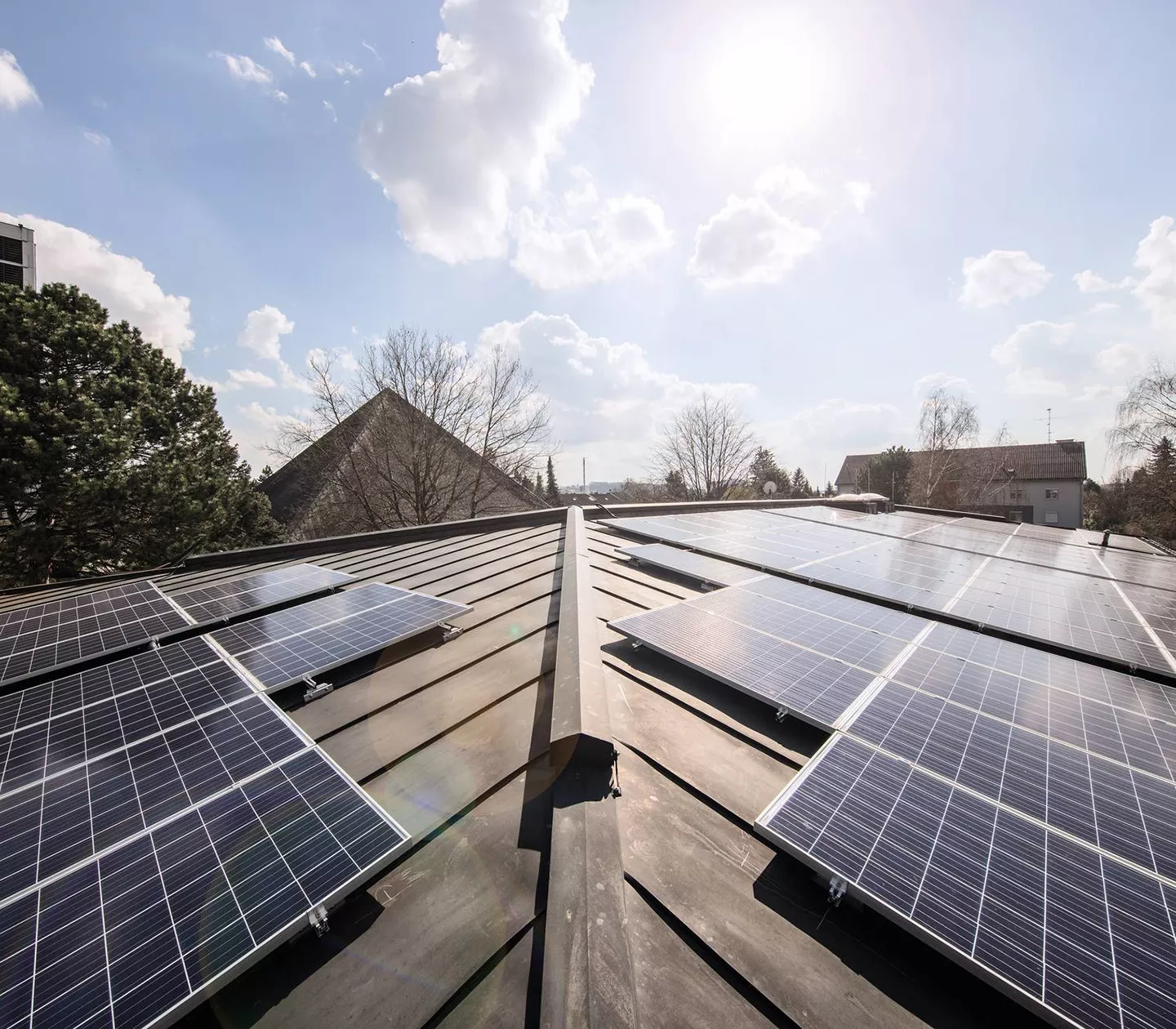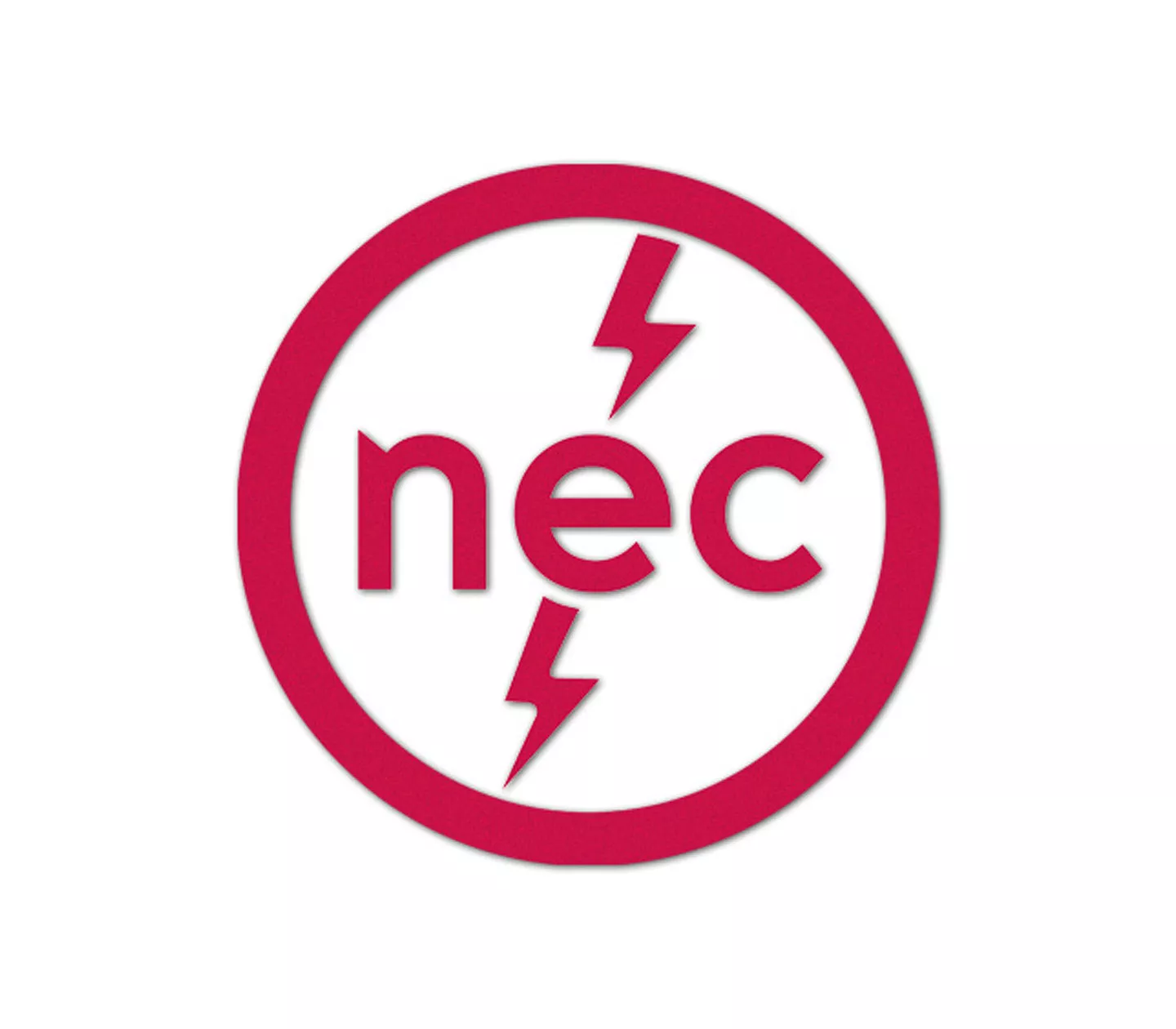Making Code Compliance Easy - Residential and Commercial PV
The National Electrical Code has always been one of the main driving forces for change and strongly impacts how solar PV systems are built. Some examples are Arc Fault Current Interruption (AFCI), which was introduced in the National Electrical Code (NEC) of 2011, or Rapid Shutdown in NEC 2014 and 2017. While code compliance is a must, there are several options to accomplish compliance in residential and commercial solar systems.

To many, code compliance is a necessary evil that adds complexity and cost to a solar installation which makes system optimization all the more important. In order to make systems safer recent code changes tightened requirements and created whole new product categories, such as rapid shutdown boxes or arc fault interrupters (devices that detect and prevent electrical fires). When taking a look at the different innovations offered by manufacturers a solar shopper may find many differences in product offerings, including design simplicity, design complexity, cost and reliability. Each system has different requirements, and there is no one best solution for a particular system.
NEC 2014
NEC 2014 section 690.12 requires a solar system on a building to limit conductors (over 5 feet inside a building or more than 10 feet away from an array) to a maximum of 30 V and 240 VA within 10 seconds of shutdown. Usually referred to as “Rapid Shutdown”.
In commercial systems, the easiest and most cost-effective way to fulfill NEC 2014 requirements is to mount the inverter next to the array, within the boundary for NEC rapid shutdown requirements. This way the inverter acts as rapid shutdown device (addressing section 690.12) and eliminates the need for additional equipment - reducing the number of components and Balance-of-system (BOS) cost. (Learn more about why the number of components matters here).
To comply with the NEC 2014 requirements in a residential system, the simplest and most cost-effective option is to add a rapid shutdown box to the string-inverter system. This not only provides the lowest number of components for the systems, but is also the most cost-effective solution. Without the need for code compliance, there is no relevant benefit in adding complexity and cost by using traditional MLPE. This flexible approach is what we call Adaptive System Design (learn more about it here).
NEC 2017
In States with NEC 2017 adoption the shutdown requirements changed to “module-level” rapid shutdown instead of the “array level” that was listed in NEC 2014. “Thanks to a coalition of manufacturers and interested parties across solar, the solutions being developed to meet NEC 2017 Module Level Rapid Shutdown requirements will achieve something solar technology has long needed: common language”, writes Chris Crowell of Solar Builder magazine in his article about module level shutdown and the SunSpec Communication Signal for Rapid Shutdown. This industry standard is an open source, multi-vendor, multi-device (e.g. inverter, module, string combiner) communication specification to support module-level rapid shutdown requirements.
Knowing what iteration of the code applies to you and knowing what your needs are extremely critical. The ability to choose what components you need for entire system design optimization while maintaining the minimal number of components is key to maximizing value and minimizing costs. The Fronius Rapid Shutdown box provides the ultimate NEC 2014 code (690.12) compliant solution while the Fronius Symo Advanced with Sunspec integration offers the optimal solution for NEC 2017 code (module level shutdown) compliance now and for the future.


